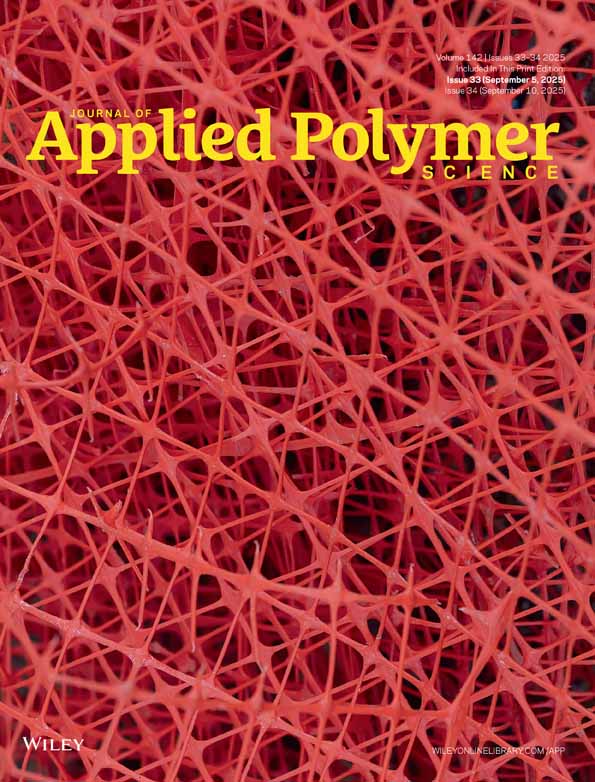Novel methyl cellulose-grafted-acrylamide/gelatin microspheres for controlled release of nifedipine†
This article is Center of Excellence in Polymer Science communication no. 180.
Abstract
Naturally available carbohydrate polymers such as methylcellulose (MC) and gelatin (Ge) have been widely studied in the previous literature for controlled release (CR) applications. In this study, methyl cellulose-g-acrylamide/gelatin (MC-g-AAm/Ge) microspheres were prepared by water-in-oil (W/O) emulsion method and crosslinked with glutaraldehyde to encapsulate with nifedipine (NFD), an antihypertensive drug. The microspheres prepared were characterized by differential scanning calorimetry (DSC), scanning electron microscopy (SEM), and laser particle size analyzer. DSC thermograms of NFD-loaded AAm-MC/Gel microspheres confirmed the molecular level distribution of NFD in the matrix. SEM indicated the formation of spherical particles. Swelling experiments supported the drug diffusion characteristics and release data of the matrices. Cumulative release data were analyzed using an empirical equation to understand the nature of transport of drug through the matrices. Controlled release characteristics of the matrices for NFD were investigated in pH 7.4 media. Drug was released in a controlled manner up to 12 h. Particle size and size distribution of the microspheres as studied by laser light diffraction particle size analyzer indicated their sizes to be around 120 μm. © 2009 Wiley Periodicals, Inc. J Appl Polym Sci, 2010




